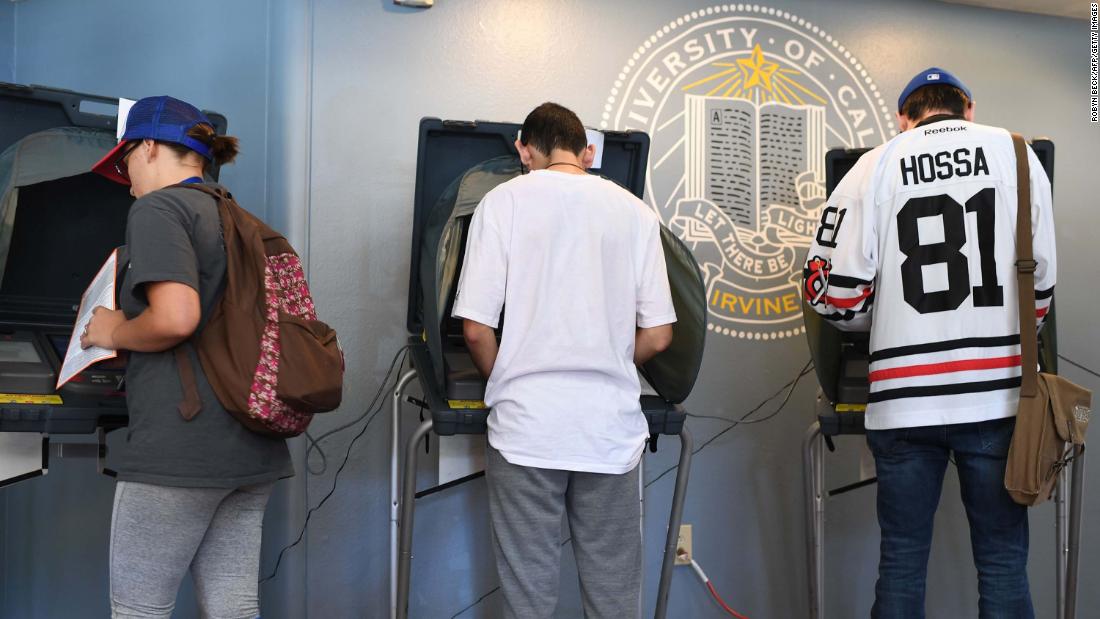
White people are making up a smaller and smaller share of the electorate and, as they tend to vote Republican, that would seem like cause for celebration for Democrats. But Gary Langer, a public opinion researcher and founder of Langer Research Associates, wrote in his paper "Blue Waves and White Bubbles" that Democrats are becoming so geographically clustered that they will still face a challenge beating President Donald Trump in the Electoral College.
"It's clear regardless that the Democrats' over-vote in urban areas leaves them more vulnerable outside the big cities than their aggregate support would suggest," he said. Langer presented the paper at the 2019 American Association for Public Opinion Conference last week.
According to Langer, being black or Latino was the biggest predictor of voting against Trump in 2020 next to ideology and partisanship. In 2016, 57% of white people voted for Trump in the general election, while 89% of black people and 66% of Latinos supported Democratic nominee Hillary Clinton, according to CNN's national exit poll.
It was a similar story in 2018, and this isn't a new phenomenon. According to Langer, in the 1976 presidential election, white voters made up 90% of the electorate, while people of color made up 10%. In 2000, white people had dipped down to 82%, continually decreasing until 2018 when only 72% of the electorate was made up of white people, Langer said.
The 2018 midterm elections saw more than half of US citizens vote, up 12 percentage points from the last midterm election, to a historic 53% turnout, according to the US Census Bureau's Current Population Survey.
All that data shows groups that actively dislike and plan to vote against Trump are growing as a share of the electorate.
But there's one big speed bump on the Democrats' path back to the White House: Democrats cluster in cities.
According the CNN's exit polling, 65% of voters who live in a city with over 50,000 people supported a Democratic candidate in the 2018 House vote, while those in suburbs were split (49% Republican, 49% Democrat), and those in small cities or rural areas went for the Republican candidate (56% Republican, 42% Democrat).
Voters in cities tend to be younger, more liberal, and more diverse. Exit polling data showed that 16% of 2018 voters were voting for the first time and biggest increases in turnout came among Asian Americans and Hispanics -- all groups that heavily favored Democrats.
Black and Latino voters are growing in share in states that may go Democrat, regardless of changing demographic representation.
Langer tells CNN that gerrymandering has been an issue in the past, but the challenge goes beyond that.
No comments:
Post a Comment